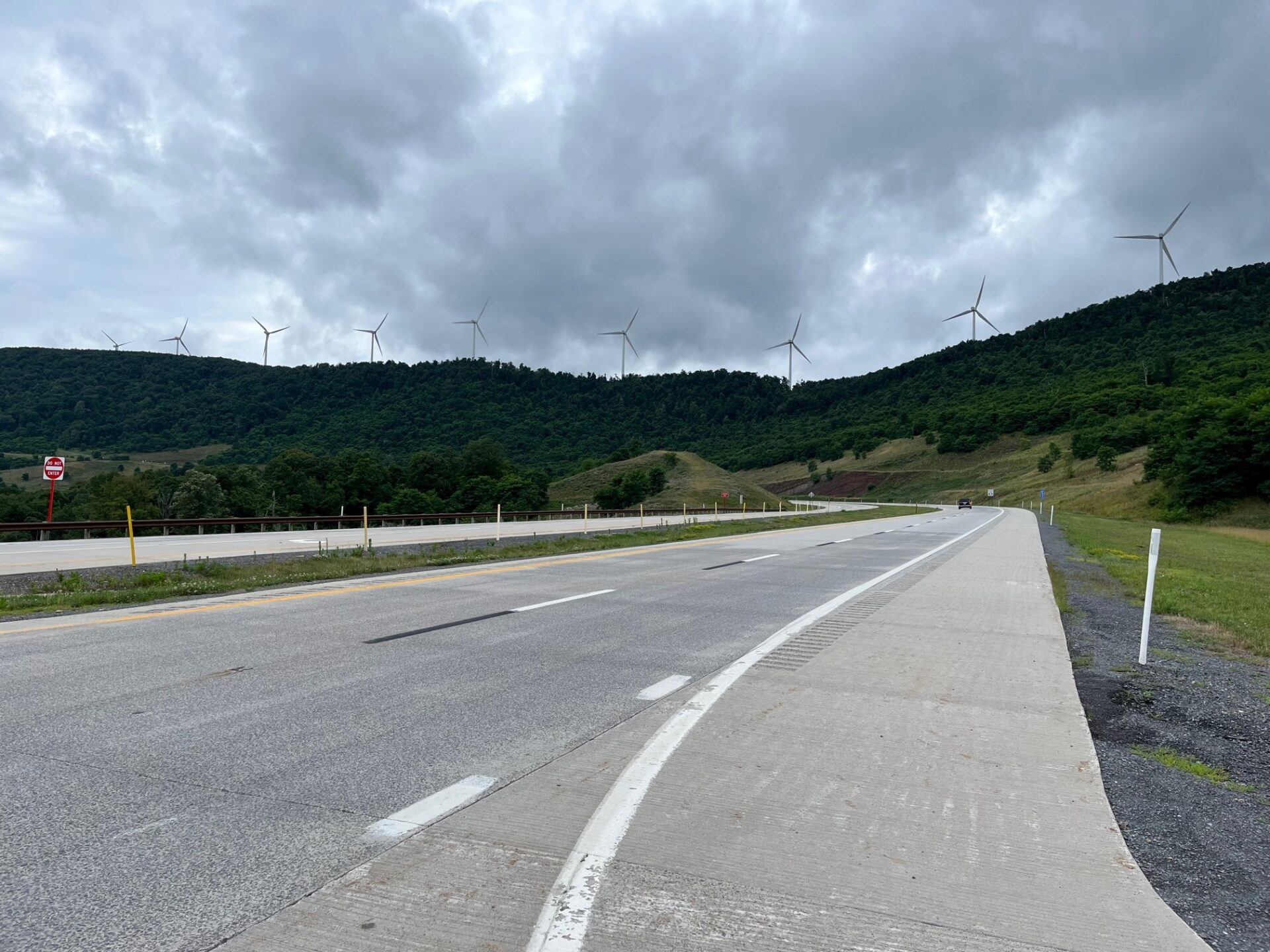Renewables surpassed coal for generating electricity for the first time last year.
An increase in wind and solar generation pushed renewables past coal in 2022, according to the U.S. Energy Information Administration.
Renewables overtook nuclear in 2021 and coal last year, accounting for about 21 percent of the country’s electricity.
Natural gas remains the nation’s top electric power source, at 39 percent last year, up from 37 percent in 2021.
Nuclear declined from 20 percent in 2021 to 19 percent last year due to a plant retirement.
Coal posted the biggest decline, from 23 percent in 2021 to 20 percent last year.
The federal agency forecasts another decline in coal this year to 17 percent as more plants are decommissioned.
Wind and solar’s combined share increased to 14 percent last year from 12 percent. Hydro power contributed another 6 percent to renewables’ share, while geothermal and biomass added another 1 percent.
